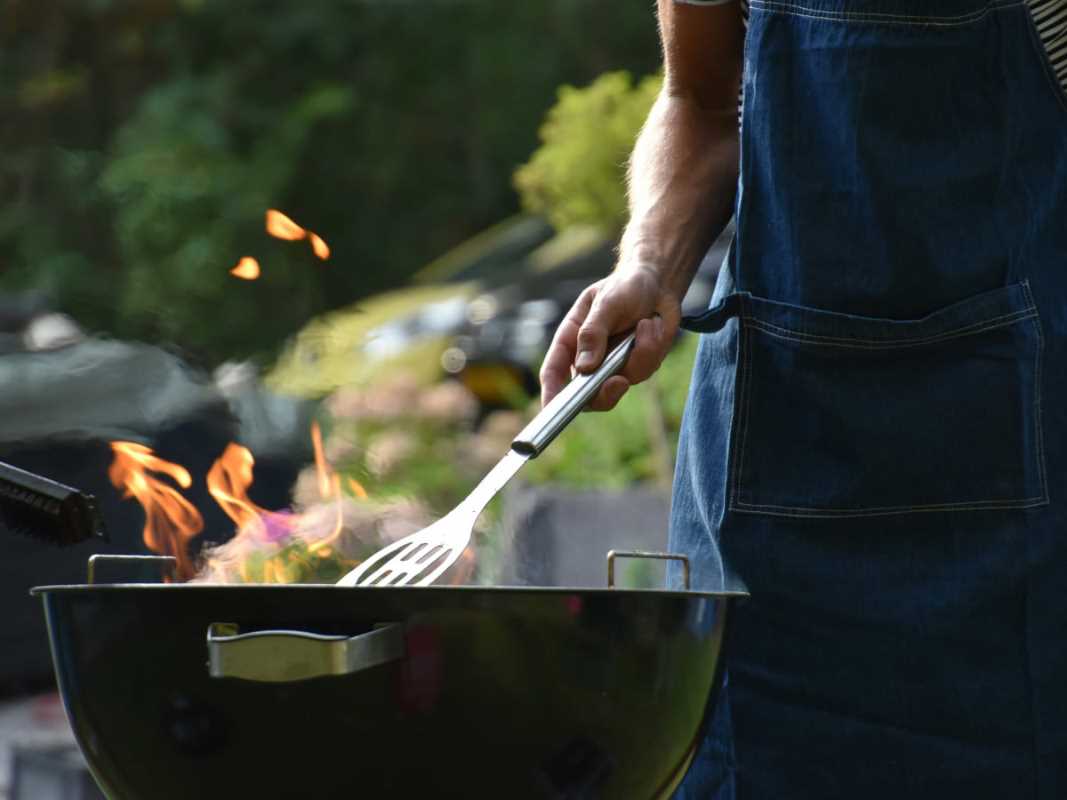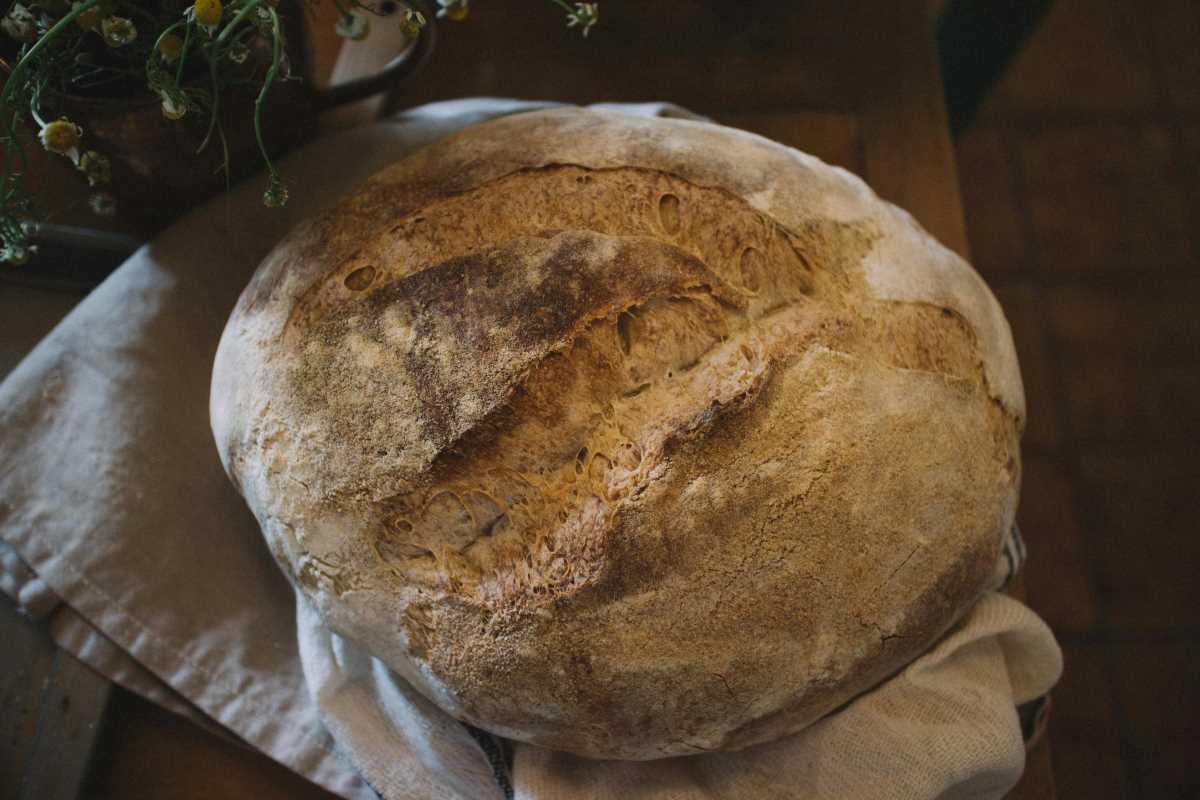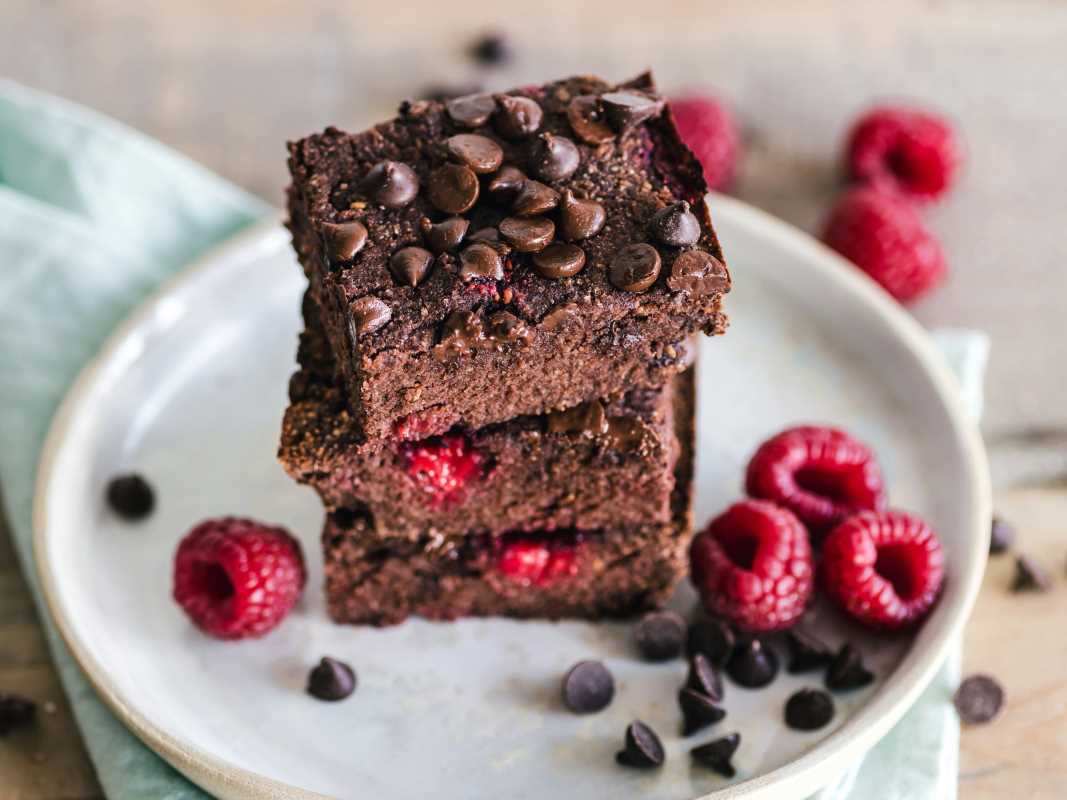Every cup of coffee brings a unique blend of flavors and aromas that can turn an ordinary moment into something special. Brewing at home allows anyone to discover new tastes and experiment with different methods, leading to a richer and more enjoyable experience. With a bit of practice and curiosity, preparing coffee becomes an opportunity to savor each step, from grinding the beans to pouring the final cup. As people learn more about the details of brewing, their connection to this beloved drink grows, making every sip more satisfying and memorable.
Feel free to explore different brewing techniques and embrace the surprises that come with every pour. Each method carries its own unique story and character, providing a fun journey into the heart of coffee culture.
Core Principles of Coffee Brewing
Your journey into coffee brewing begins with having the right tools and ingredients. The essentials make the experience smoother and enhance the overall flavor. A well-prepared setup can boost your confidence in experimenting with various techniques.
Below are some of the core items and ingredients you’ll need to start brewing like a pro:
- Fresh, high-quality coffee beans
- A reliable grinder for achieving uniform particle size
- A kettle for heating water to the perfect temperature
- Your chosen coffee maker or brewing device
- A digital scale and timer to fine-tune your process
Trying Different Brewing Methods
Different brewing methods highlight distinctive characteristics in coffee, and learning about them can help you discover your favorite style. Each approach emphasizes different aspects of flavor extraction and body, allowing you to customize your brew to your taste.
Try these four popular brewing methods:
- French Press: Offers a robust and full-bodied cup. Steep coarse-ground coffee in hot water for several minutes before pressing the plunger to separate grounds from your drink.
- Pour-Over: Delivers a clean and nuanced flavor profile. Slowly pour water over a filter containing medium-ground coffee, giving you precise control over the extraction.
- Espresso: Highlights a concentrated burst of flavor. Force finely-ground coffee through hot water at high pressure, producing a rich and intense shot perfect for a quick pick-me-up.
- Cold Brew: Provides a smooth and mellow experience. Steep coffee grounds in cold water for an extended period to create a less acidic and refreshing beverage ideal for warm days.
Adjusting Your Brew to Suit Your Taste
Once you understand the basic brewing methods, you can tweak key factors to match your personal style. Playing with elements like grind size, water temperature, and brew time can noticeably change the flavor of your coffee. A finer grind might make the coffee stronger, while a coarser grind can result in a milder cup.
Vary these factors gradually. Changing the water temperature can increase or decrease the extraction of certain flavors. For example, water that is too hot might over-extract bitter notes, while water that is too cool could leave you with a weak brew. Keep a record of your adjustments to find the perfect balance for your tastes.
Pairing Coffee with Food
A delightful cup of coffee can taste even better when paired with the right food. Matching your brew with complementary flavors creates a special dining experience, whether you enjoy a light snack or a full meal. Think about how the richness of dark roasts pairs well with a sweet pastry, while lighter roasts can complement savory dishes.
Handling Common Coffee Problems
Even experienced brewers encounter occasional challenges that affect the taste and quality of their coffee. Recognizing these issues early allows you to adjust your technique quickly and avoid frustration. Each problem offers a chance to learn and improve your brewing process.
Here are some common issues and how to fix them:
- Over-extraction: Brew too long or use too fine a grind, resulting in bitterness. Try adjusting to a coarser grind or shortening your brewing time.
- Under-extraction: The coffee might taste weak or sour when water flows too quickly or the grind is too coarse. Consider extending the brew time or using a slightly finer grind.
- Inconsistent temperature: This can lead to uneven extraction. Use a kettle with temperature control to keep the water at an ideal temperature.
- Uneven grind size: Manual grinders can produce inconsistent pieces. Using a burr grinder ensures a more uniform size distribution to improve flavor balance.
Expanding Your Coffee Knowledge and Next Steps
Developing your coffee brewing skills is a continuous process. If you enjoy trying new techniques, explore more in-depth guides and expert advice. Understanding how extraction works and how to balance flavors will enrich your daily coffee routine.
Trying different coffee brewing techniques turns into a creative and flavorful journey. Each cup gives you a chance to experiment, make adjustments, and appreciate the subtle nuances of coffee, helping you find your ideal blend.
Brewing lets you customize each cup and share your discoveries. Choose your favorite beans, experiment, and enjoy every unique brew.







